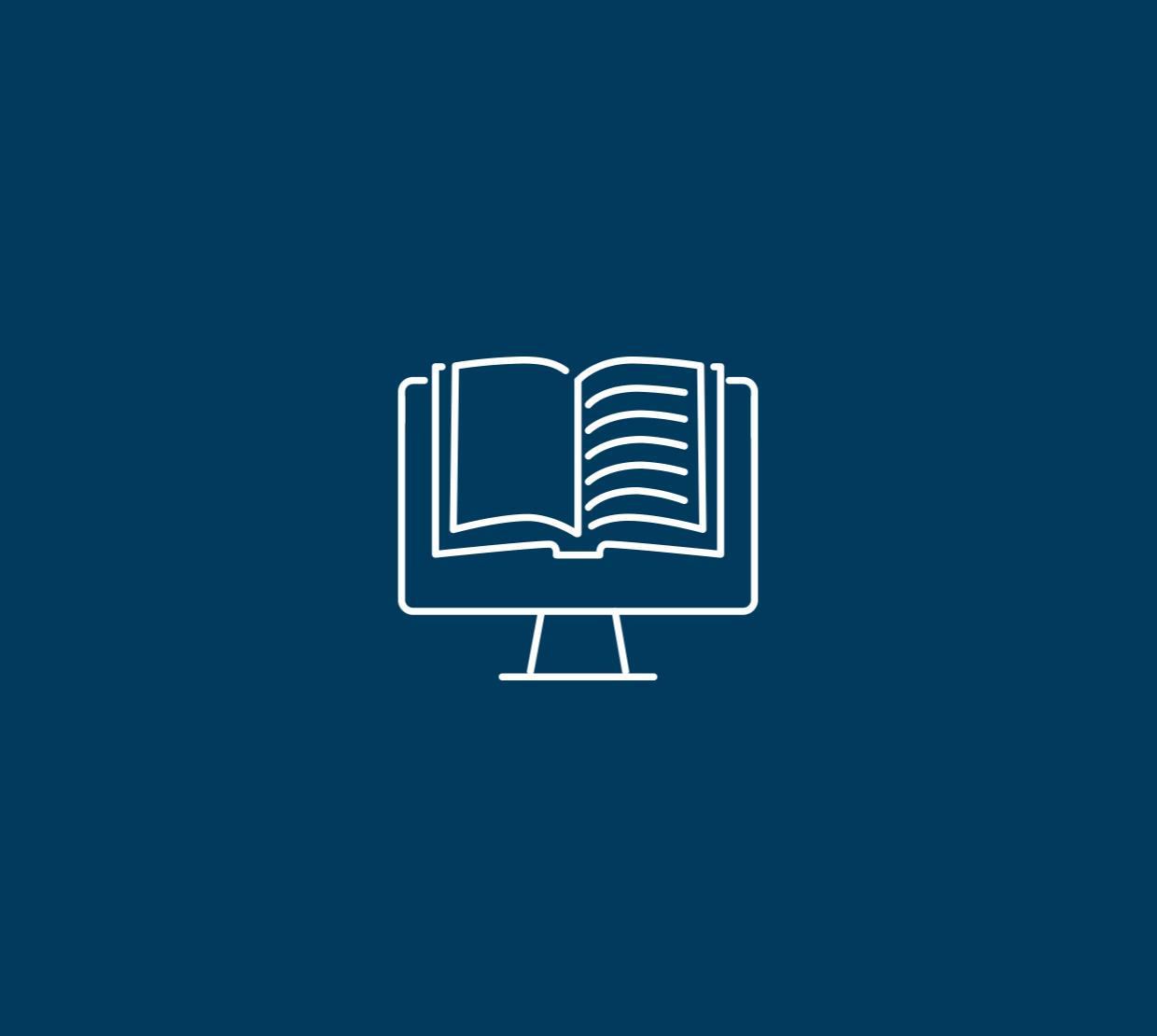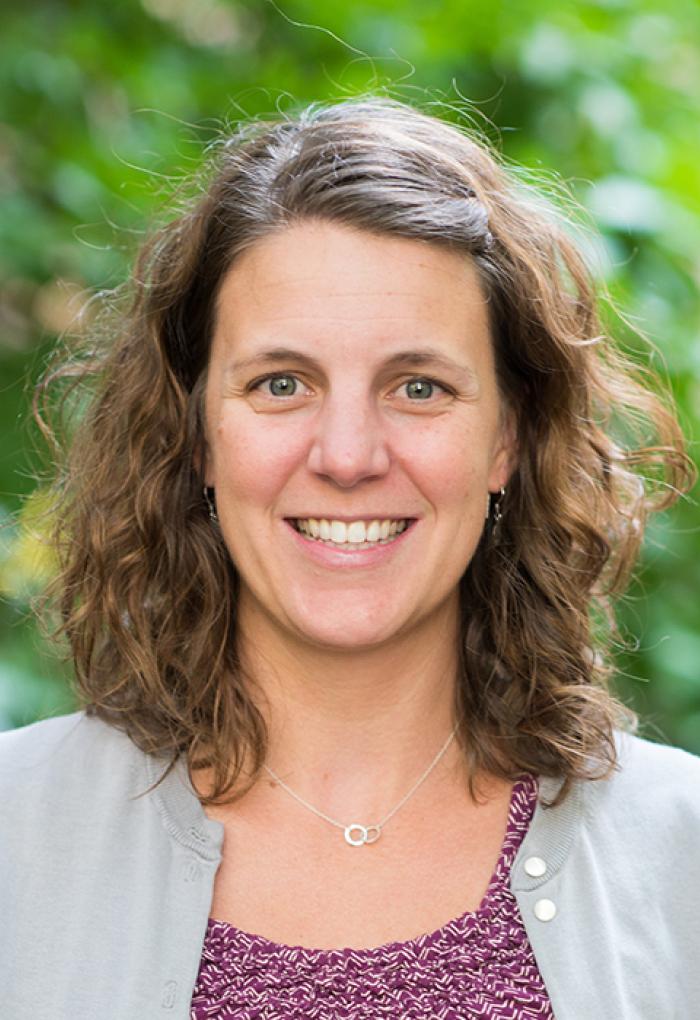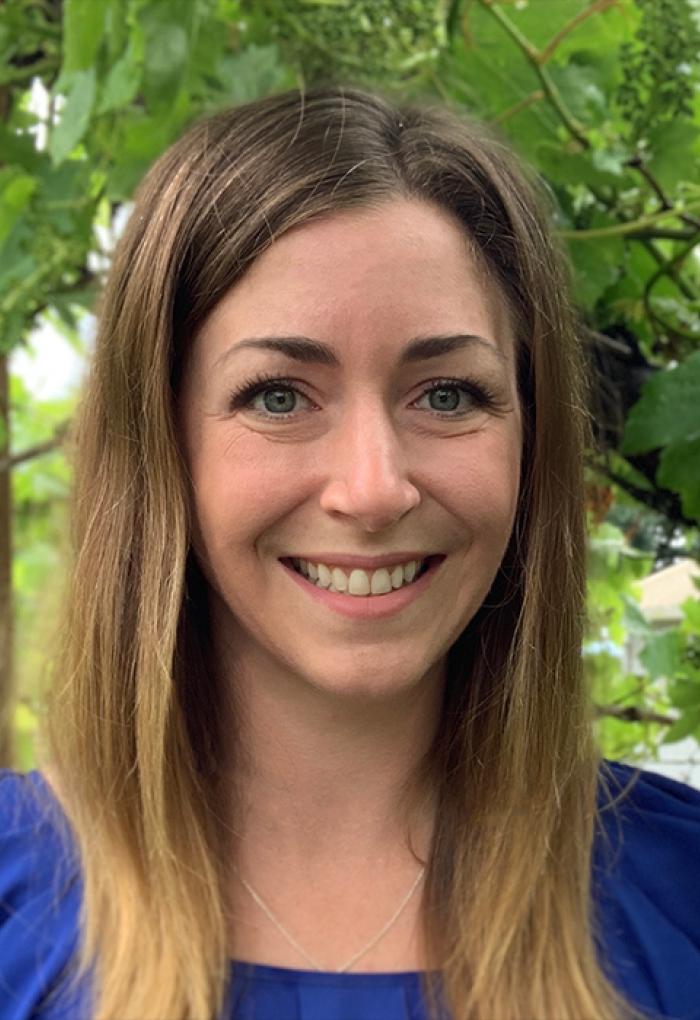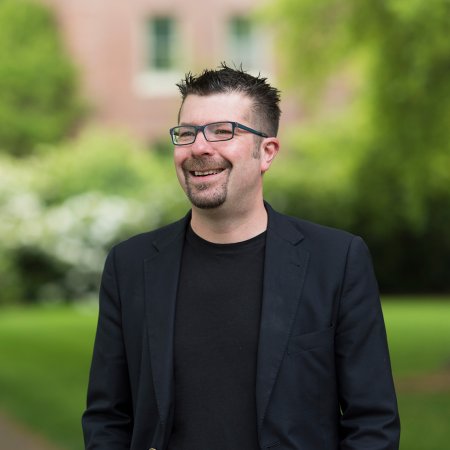The team partnered with student artists to make figures that could not only be tailored to their needs as instructors, underscoring specific anatomical structures of the body for clarity, but would also allow for greater inclusion.
Sexual systems were another subject in the textbook that the team found needed updating. The original content was seen as a rigid portrayal of reality that caused more harm than benefits to the reader. Passionate about creating an inclusive book, the authors set to making changes.
“We have found that there are individuals who share bigoted points of view about how humans should be in their opinion and use things like anatomy textbooks as evidence that there are men and women, it’s genetically determined and that’s it. A lot of textbooks are really basic and treat it like a binary, and we don’t want to be part of that problem,” Biga explained.
She continued, “We wanted to lay down factual information that takes a true and broad viewpoint and doesn’t oversimplify in a way that excludes people.”
Meeting the mission
Every goal the team set, whether addressing accessibility or inclusivity, was done with students and instructors of Oregon in mind. They could never have predicted how far their local effort would reach when the book was published last fall. Not until the numbers began pouring in at a staggering 100,000 views per month.
“I was totally clueless that it had taken on a really broad usership for people who need good technical information and for whom it’s a priority to have it for free. I was floored that we had that many viewers,” Biga said.
Nigeria, the Philippines and the U.K. are some of the book’s top user locations since launch. Students across the globe have full access to everything the resource has to offer, from accurate and diverse imagery to expert-curated text.
The book’s reception has not only been a validation of the team’s efforts but also an endorsement of their push for free, open-source materials. Bronson, who instructs the Ecampus human anatomy and physiology courses, gleaned lessons from the book’s development process that she used to design a wider digital ecosystem of similar resources.
From creating free laboratory simulations to 3D anatomical models, including one of the entire human skeleton, Bronson has ensured students in any region of the world with internet access can use these pivotal tools. She also presented the resources at a conference to further share them beyond Oregon State.
With the textbook’s original funding coming from the university and its partnership with Open Oregon Educational Resources, Bronson is grateful for the support that has made these tools possible.
“I love that we work at an institution that is willing to put money towards things that are free for everyone and improve access to education and literacy for all, not just for tuition-paying students. It feels really good to be in that sort of company,” she said.
These efforts also align with the College of Science Strategic Plan, a goal of which is to deliver high-quality, innovative science education that is approachable for all students. Projects like “Anatomy and Physiology” led by the College’s faculty continue to realize this ambition.
“It feels like it’s helping meet the mission of the institution to serve all of Oregon,” Quick said of the textbook. “Not just OSU, but all of Oregon and the world.”







